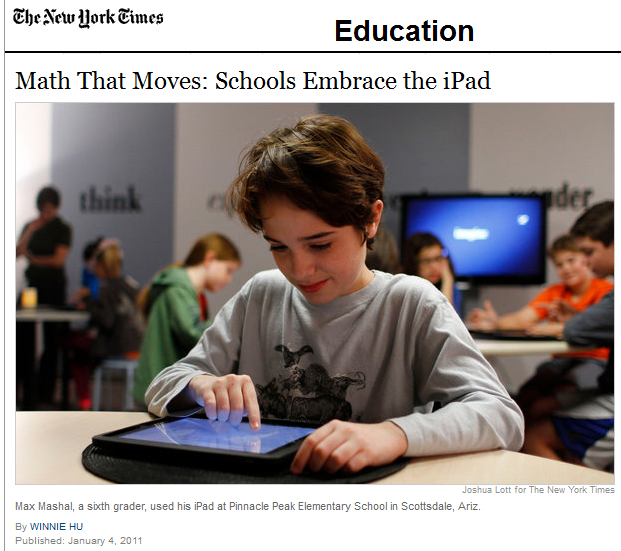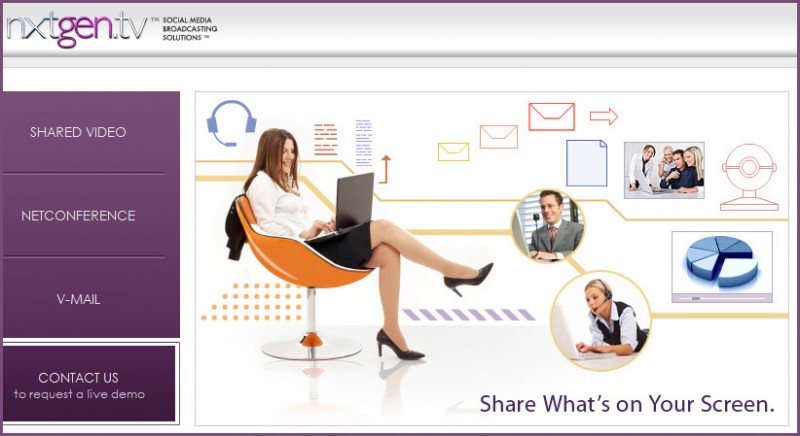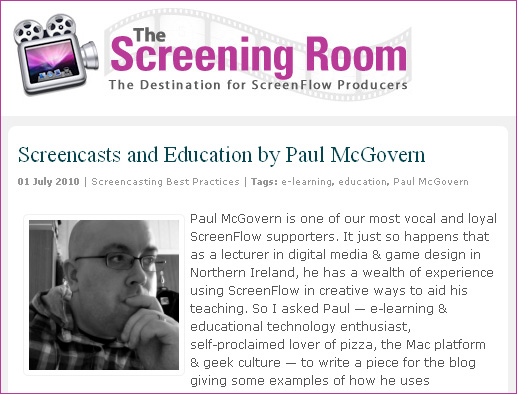EDUCAUSE Review Magazine, Volume 45, Number 5, September/October 2010
Attention, Engagement, and the Next Generation
Howard Rheingold
If we want to discover how we can engage students as well as ourselves in the 21st century, we must move beyond skills and technologies. We must explore also the interconnected social media literacies of attention, participation, cooperation, network awareness, and critical consumption.
Danah Boyd
The future of Web 2.0 is about streams of content. The goal today is to be attentively aligned—”in flow”—with these information streams, to be aware of information as it flows by, grabbing it at the right moment when it is most relevant, valuable, entertaining, or insightful.
Malcolm Brown, with Mark Auslander, Kelly Gredone, David Green, Bruce Hull, and Walt Jacobs
How can faculty use technology and innovative pedagogical methods in their courses to make their students’ learning experiences richer and more meaningful—to capture, retain, and sustain student engagement?
Veronica Diaz, Cindy Jennings, Kelvin Bentley, P. B. Garrett, Barron Koralesky, Christina Royal, and David Starrett
Electronic books, mobile computing, and open content are three mature, robust, and quite approachable technology innovations holding much promise for attracting students’ attention and thereby supporting deeper student engagement with learning.
Diana G. Oblinger
Improving college readiness and completion for the next generation is a grand challenge for society. Although there are many ways to approach this challenge, applying the innovative capabilities of information technology must be one. We have many of the tools, policies, and technologies in hand.













